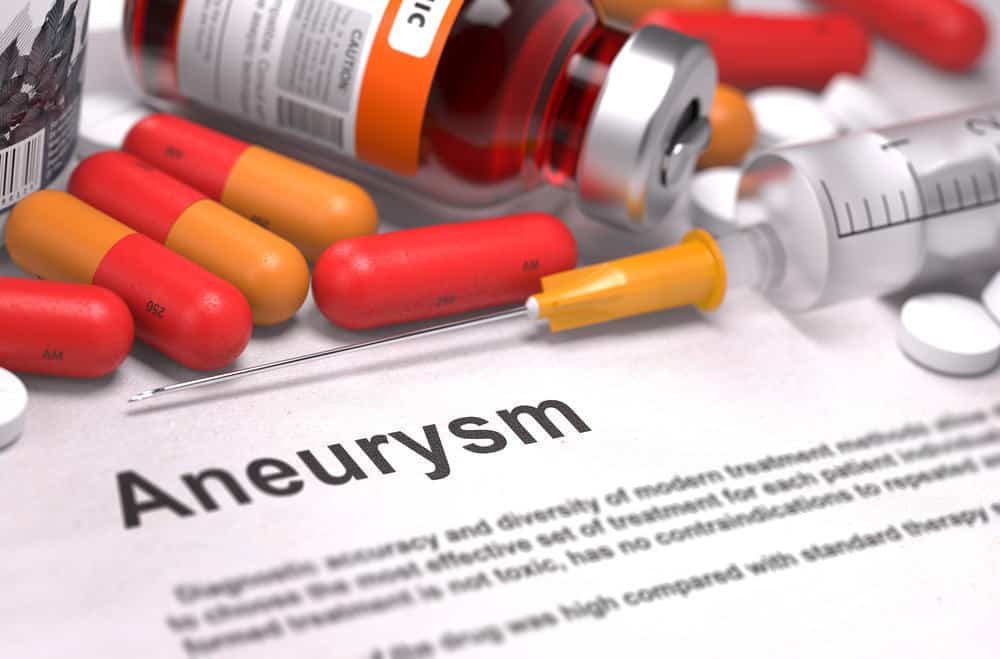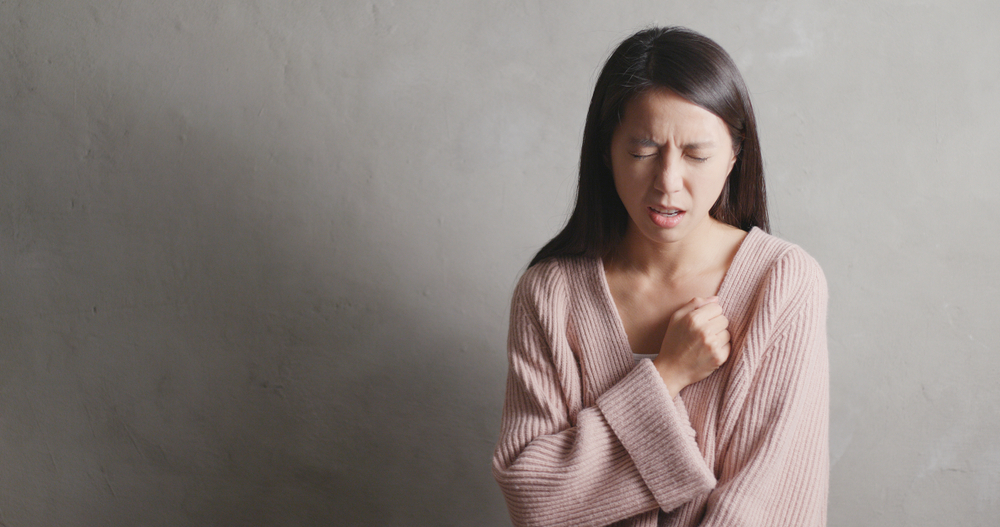Contents:
- Medical Video: 3 Ways Doctors Can Treat Your Brain Aneurysm
- What causes aneurysms?
- What are the factors that increase the risk of bleeding and aneurysm rupture?
- What are the symptoms of aneurysm?
- What happens after aneurysms rupture and bleed?
Medical Video: 3 Ways Doctors Can Treat Your Brain Aneurysm
Aneurysms are weak parts of the walls of blood vessels, usually arteries (the type of blood vessels that carry oxygen-rich blood to the tissues). Over time, the weaker parts of the arterial wall become weaker as the aneurysm grows. Sometimes aneurysms can rupture and cause hemorrhagic strokes, a type of stroke caused by bleeding in the brain. About 8% of all strokes are caused by aneurysm rupture.
What causes aneurysms?
There is no known reason for aneurysms to appear in the brain in some people and does not appear in other people. In many cases, aneurysms are inherited through genes, but high blood pressure and smoking can also affect the development of aneurysms as well. About 5% of the population in America has at least one aneurysm in the brain, but 80% of them will never be affected by bleeding in the brain.
Brain aneurysms usually occur in parts of the arteries which are divided into several branches. The following arteries in the brain tend to experience aneurysms:
- Anterior arteries (30%)
- Posterior artery (25%)
- Cerebral Artery (20%)
What are the factors that increase the risk of bleeding and aneurysm rupture?
When the aneurysm ruptures, it causes a lot of bleeding in the brain and leads to hemorrhagic strokes. In general, aneurysms will bleed during situations of high blood pressure.
This can occur even in people who suffer from chronic high blood pressure. High blood pressure that comes and goes can occur for many reasons, including:
- Use of illegal drugs, such as cocaine and amphetamines
- High stress situation
- Orgasm
Aneurysms tend to bleed after reaching a size of more than 10 millimeters, or about one third of an inch.
What are the symptoms of aneurysm?
Small aneurysms often do not cause any symptoms except when bleeding. But sometimes, aneurysm growth may suppress blood vessels or surrounding structures as they grow and cause headaches, double vision or pain around the eyes when you look around. When aneurysms bleed, people often feel "headaches thunderclap"And is often referred to as" the worst headache in all life ", also pain and stiffness in the neck. They may also show symptoms of a general stroke. In 10% of people with ruptured aneurysms, bleeding occurs in the brain so much that many die before reaching the hospital.
What happens after aneurysms rupture and bleed?
The prognosis after aneurysm bleeding varies depending on the size of the bleeding. Generally, up to 50% of people with cerebral hemorrhage die from the bleeding complications themselves. There is also a high risk of bleeding again during the first bleeding time. 4% of people can bleed again within the first 24 hours after the initial episode of bleeding. At the end of the second week after bleeding, they have a 15 to 20% risk of re-bleeding.












